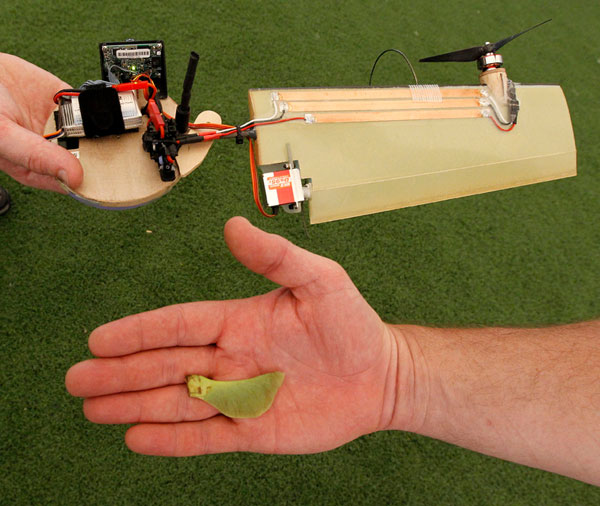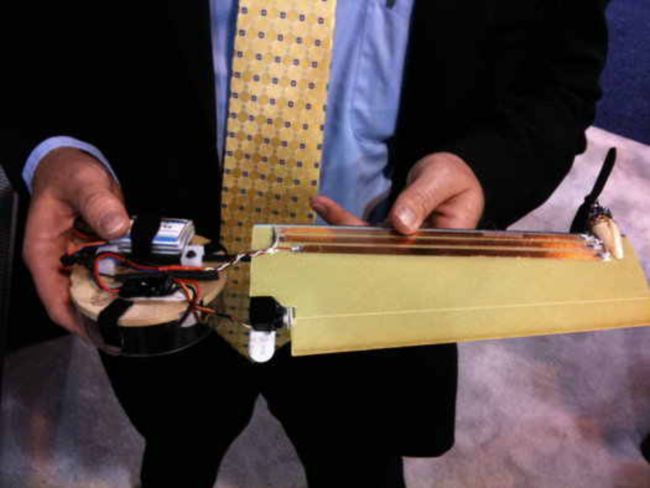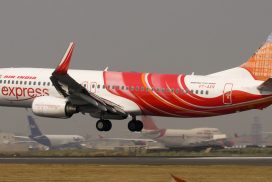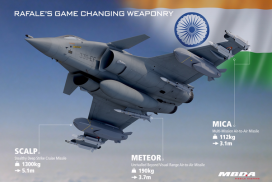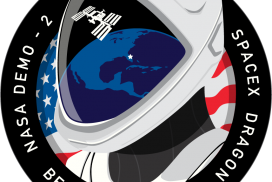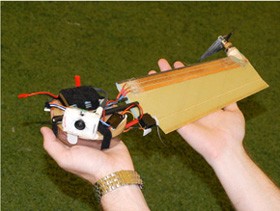 With UAVs taking all shapes and sizes in recent years, Lockheed Martin has been working which is based on a monocopter platform. Lockheed Martin calls it Samarai Flyer and was unveiled for the first time publically on August 16th, 2011 at the Association for Unmanned Vehicle Systems International conference. Technically a monocopter is like a helicopter, except that the entire vehicle consists of a single rotating airfoil, making them somewhat impractical for manned flight. The Samarai handheld vehicle is a maple-seed inspired design that’s hardly a foot long and remote controlled.
With UAVs taking all shapes and sizes in recent years, Lockheed Martin has been working which is based on a monocopter platform. Lockheed Martin calls it Samarai Flyer and was unveiled for the first time publically on August 16th, 2011 at the Association for Unmanned Vehicle Systems International conference. Technically a monocopter is like a helicopter, except that the entire vehicle consists of a single rotating airfoil, making them somewhat impractical for manned flight. The Samarai handheld vehicle is a maple-seed inspired design that’s hardly a foot long and remote controlled.
It weighs less than half a pound and demonstrated vertical takeoff and landing, stable hover, and on-board video streaming. While the aircraft flew a series of flights in the roughly 40 foot test area, it streamed live video from a camera that rotated around its center providing a 360 degree view without a gimbal.
Kingsley Fregene, principal investigator for Samarai at Lockheed Martin’s Advanced Technology Laboratories said, “Our team has taken the basic shape and design of the naturally aerodynamic maple seed and harnessed it with flight controls and avionics. We’ve learned a great deal about biologically inspired vehicles that we can apply across the laboratory, including a better understanding of micro-robots and the devices that control their movement.”
“We have taken the shape and design of a maple seed and harnessed it with intelligent flight controls and avionics,” Bill Borgia, director of Lockheed’s Intelligent Robotics Laboratory, said on the company’s website. “The design is incredibly simple, making Samarai quite affordable even in small quantities.” Samarai is designed for intelligence and reconnaissance missions and it can also deliver payloads. It is mechanically simple with only two moving parts and its 16 inches long and weighs less than half a pound, making it reliable for an operator to easily carry the vehicle in a backpack and launch it from the ground or like a boomerang.
It was produced by “printing” successive small layers of plastic to create a single form. The printer eliminates expensive production costs and Lockheed Martin can maintain to keep costs down and customize it allowing engineers to quickly and affordably produce Samarai tailored to specific missions.
